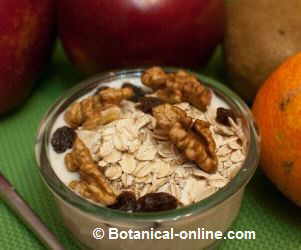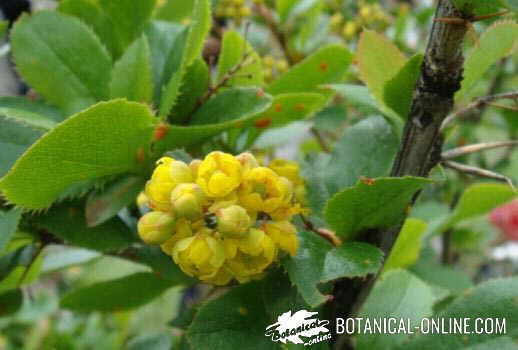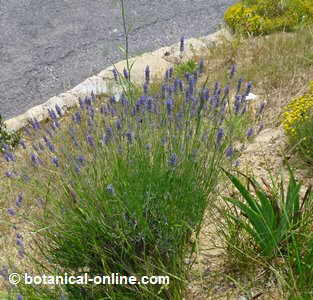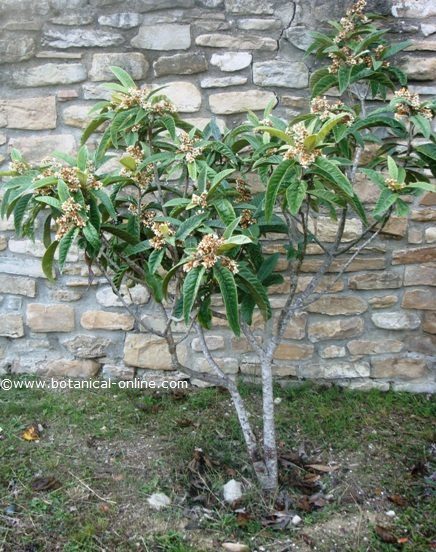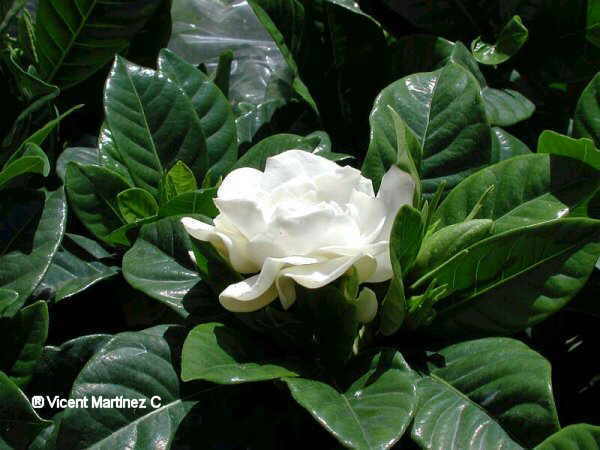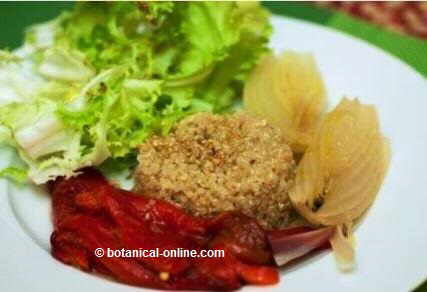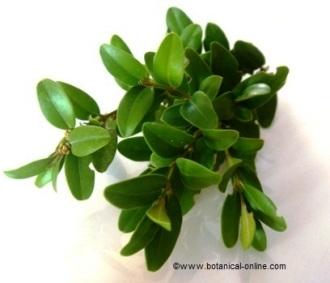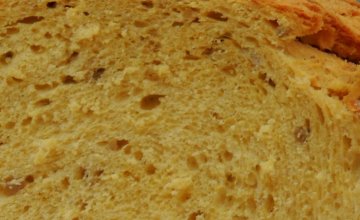Contents
FOOD PROPERTIES OF MARSHMALLOW
Marshmallow, edible wild plant
- Marshmallow is considered an edible wild plant. The young leaves can be eaten in salads, flower buds pickled and roots on fried pieces.
In Roman times, it was considered a good vegetable to be eaten regularly, especially when they had to release the belly of waste food abundant in meat.
There are references to the peoples of the Far East and Asia Minor who fried its roots with garlic and butter in times of scarcity. It has been suggested that, cooked thus, resulted exquisite.
- Marshmallow water, obtained by boiling the roots, as well as being helpful to cure skin diseases, as we have seen above, is suitable for frying and can be an egg substitute.
Marshmallow as a sweet dessert called marshmallows
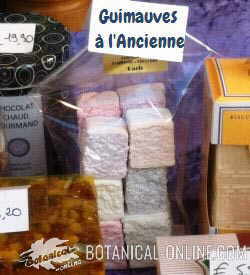 Photo of showcase of a confiserie, in Paris, with marshmallows, a natural jelly sweet
Photo of showcase of a confiserie, in Paris, with marshmallows, a natural jelly sweet
The English used this plant for the manufacture of sweets, especially some candy called marshmallows – the name of the plant is called the same in English.
These are made by boiling the roots and adding sugar to the mixture that it is being stirred in hot water until a thick paste remains. It seems that the origin of this sweet can be traced to Egyptian rule in where the sap of this plant was used as a thickener in candies made primarily with honey.
This dessert also had the distinction of being very useful in the treatment of cough and sore throats so they continued to use it much later. There are writings dating this use until well into the nineteenth century.
Subsequently, marshmallow water used as thickener stopped and instead, other materials with less medicinal properties such as corn starch or potato starch were used. Currently all these substances have been replaced by gelatin. These candies have ceased having the healing properties which marshmallow gave them.
Is it dangerous eating marshmallow?
There are no known cases of poisoning or toxicity in the use of this plant. However, we must take into account a number of indications, such as, for example, it should be administered with caution and under medical supervision to people with diabetes as mucilage interfere with the absorption of sugars. (More information in the listing below).
![]() More information on marshmallow
More information on marshmallow

